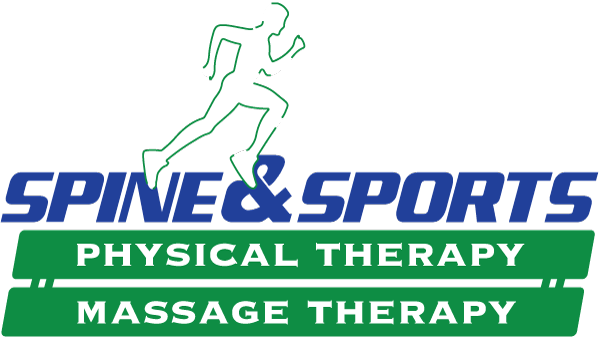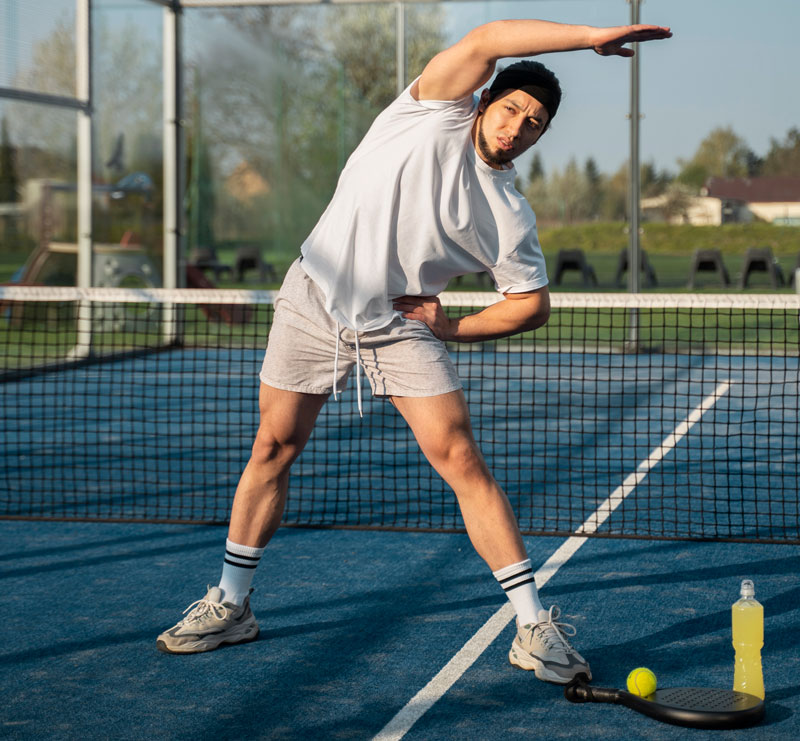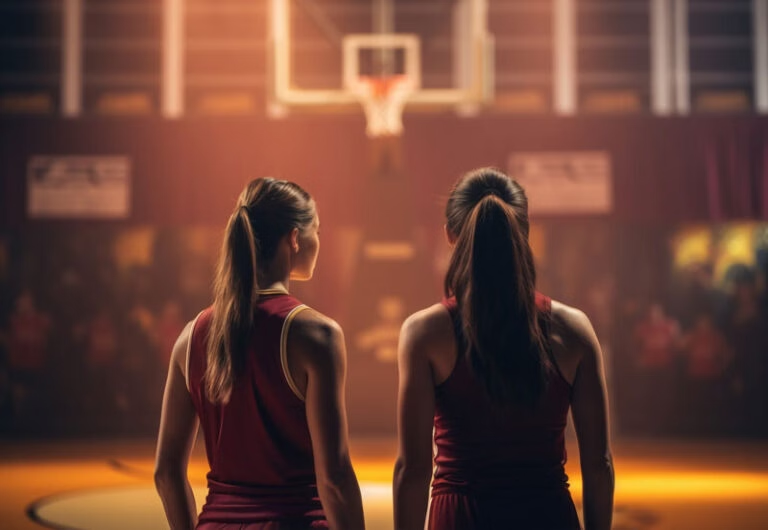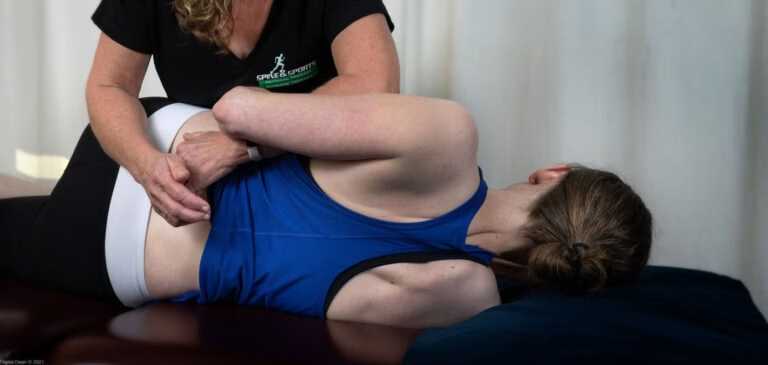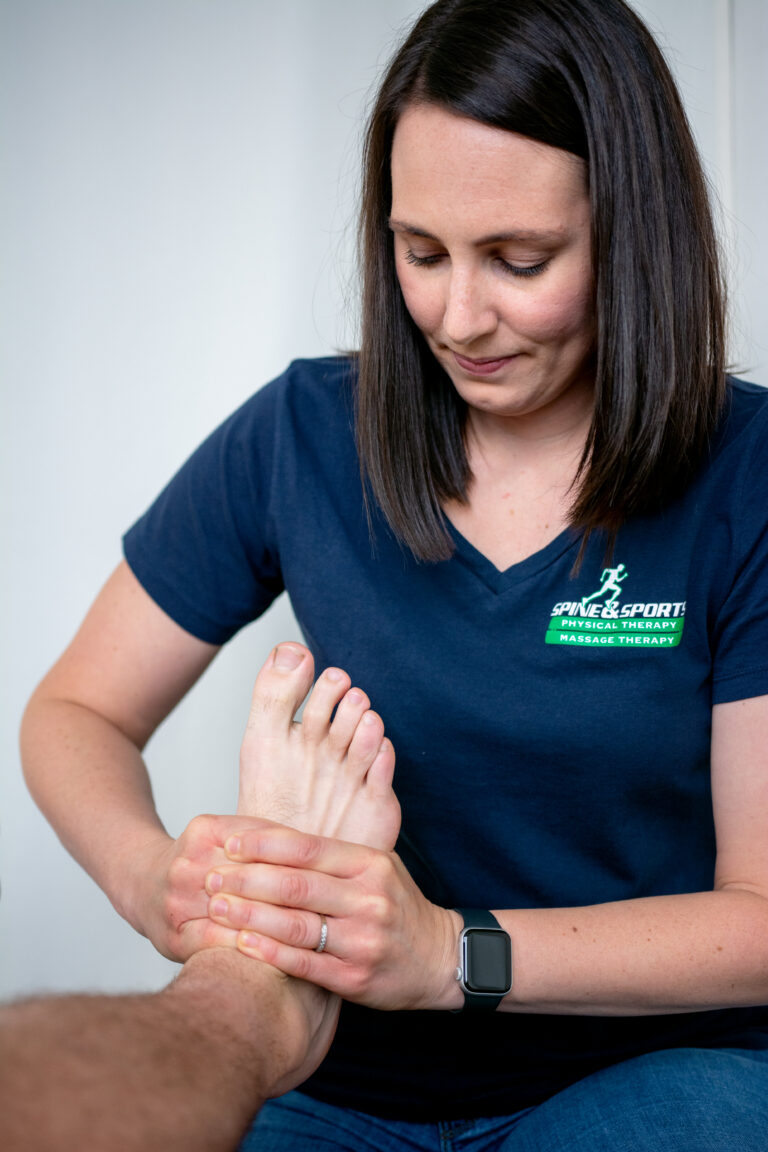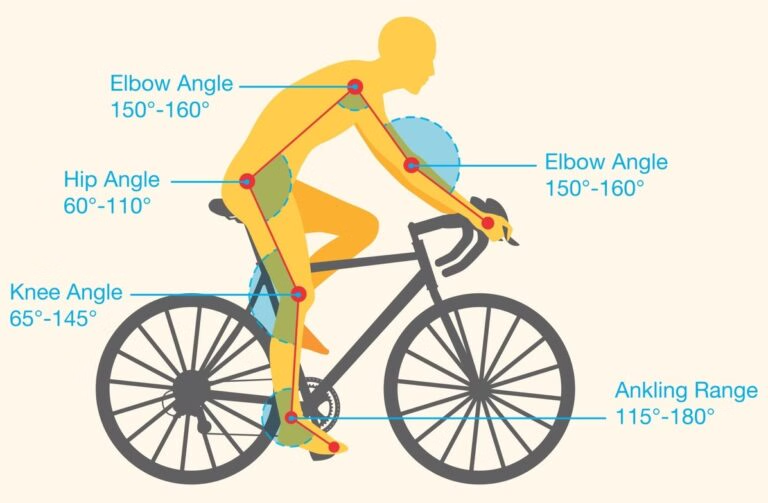What the heck is pickleball? It’s a funny name for a sport. But it’s no laughing matter.
Pickleball is one of the fastest growing sports in North America. In a nutshell: it’s a hybrid racquet sport. Emphasis on “hybrid.” The uniquely named sport is often described as a fusion of tennis, badminton and ping pong. It’s played on a smaller court than tennis and with a lighter ball (whiffle ball).The paddle is similar in size to those used in racquetball.
Pickleball is finding a growing audience which started out attracting seniors. But the baby boomers are taking part and it’s even trickling down to the younger generations.
An attraction is that it’s easy for beginners to learn in addition to being a very social game. But it has also developed into a fast-paced competitive game for the experienced player.
The sport is an overall good body workout. It demands coordination, balance, strength and good smarts. It’s a game of strategy and finesse.
Some aging players prefer it over tennis, as speed and strength matter less. Because the court is smaller there is less running around. And the ball is lighter so less strength is needed.
However, despite pickleball being kinder to our bodies, injuries still occur. There are usually three ways players hurt themselves:
FALLS
Players backing up and reaching for a deep lob often can end up on the floor. Backing up is a high-risk movement and often a fall on an outstretched hand causes a broken wrist or shoulder strain.
Improper footwear can also cause falls. Court shoes should be worn, not running shoes. Running shoes have a higher heel and often players roll over on the ankle and sprain ligaments.
Court shoes are made so the player can move in all directions. In court shoes feet don’t get “stuck” while your body propels over them.
REACHING FOR A SHOT
Whenever a player lunges or stretches for a shot they are not physically capable of getting, trouble will happen. Worst case? They fall (see above )! If they manage to stay upright, often a body part is sacrificed.
The calf muscle and Achilles are commonly strained this way. You lunge, reach, go for it. And then pop, snap, rip…ouch! The inside knee ligament can be sprained by a sudden twisting. The hamstring can tear by overextending or reaching for a ball.
The shoulder rotator cuff tendons strain by an out-of-position overhead smash.
TOO MUCH TOO SOON
We all know this rule: start new activity slowly. Wean into the new demands of the sport. Yes, it’s common sense. But some sports are just too addictive and too much fun! These pickleballers are crazy for their sport! As a physiotherapist I see this and try and honour their dedication. But occasionally “less is more,” especially when pain starts to hang around too long.
The elbow tendons love to react to a new sport which involves holding a racquet or golf club. The muscle and tendons on the outside of the elbow don’t work too much in daily life. Now pick up a racquet and swing it thousands of times? It’s going be sore. The lower back is the same. Twisting and bending are movements that take a bit of time to build up to.
Be patient. The body needs to be respected, paced and trained. Or it will rebel.
In summary, pain and injury is a fact of life with any sport. Don’t let the fear of hurting yourself stop you. Just warm up well. And seek attention for any nagging injuries. Or they may sideline you.
Don’t get yourself into a “pickle!” The sport is too much fun to miss.
